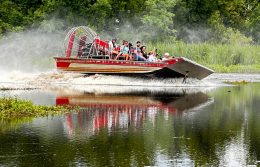A Handy Guide for Texas Wildflower Identification
A brilliant rainbow of colors blooms along Texas highways. But while most Texans can identify a bluebonnet or an Indian paintbrush, the more than 5,000 varietals of wildflowers found in the state may elude the casual observer.
The Lady Bird Johnson Wildflower Center in Austin is not only a great place to spot a large variety of wildflowers but also a great resource for learning about the flowers and how to identify them. Until the wonderful center reopens again, here’s a quick guide to Texas wildflower identification.
Bluebonnets
The Texas state flower is also one of the easiest to spot — if only because they are so abundant. This lupine flower comes in six variables, all recognizable by their brilliant blue petal columns. They begin to bloom in early spring, and even as early as January in Big Bend National Park.

Blue-Eyed Grass
Late-season wildflower hunters often encounter an abundance of these blueish-purplish flowers, which blanket pastures alongside Texas roads. These six almond-shaped petals frequent East Texas and prairies along our stretch of the Gulf Coast.
Drummond Phlox
These pink and red blooms can be seen along the roadside or in post-oak woods in south and central Texas. They are named after a Scottish botanist named Thomas Drummond who traveled to Texas in the 1830s to collect plants.
Giant Spiderwort
Growing in tight clusters, these flowers boast a trio of rounded blue petals. They grow throughout the state — particularly in the Hill Country — from February to June. The flowers were first named by English royal gardeners in the 16th century who collected flower specimens sent back from the Americas.
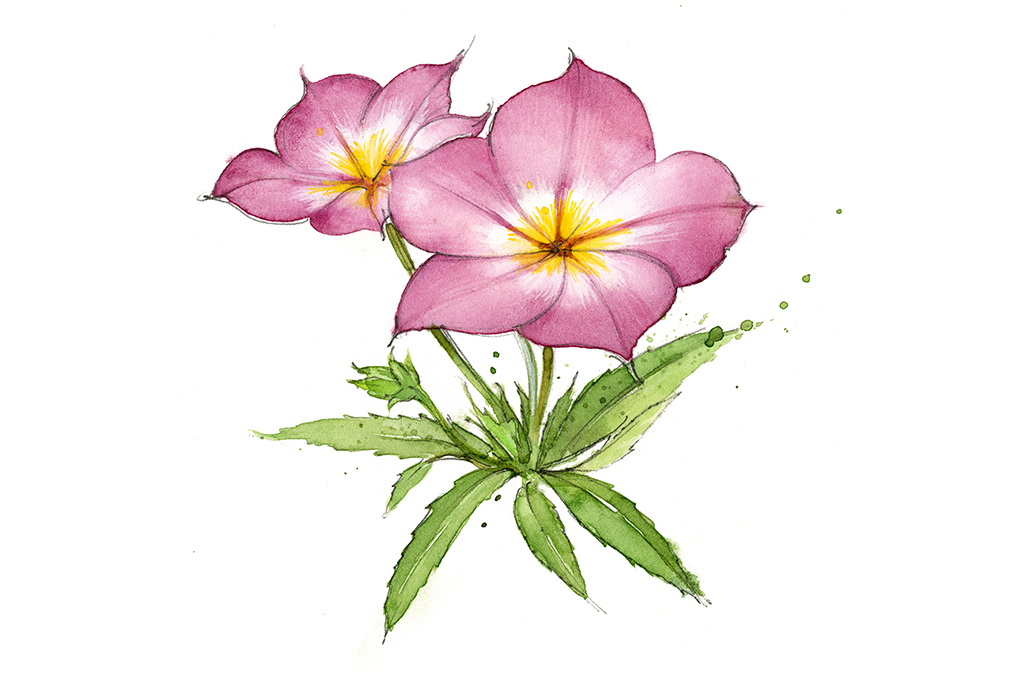
Goldeneye Phlox
The “golden eye” is a bright yellow spot at the center of a five-petal flower. Most phloxes are pink, though some also have shades of blue, red, and purple. This delicate wildflower blooms throughout spring.
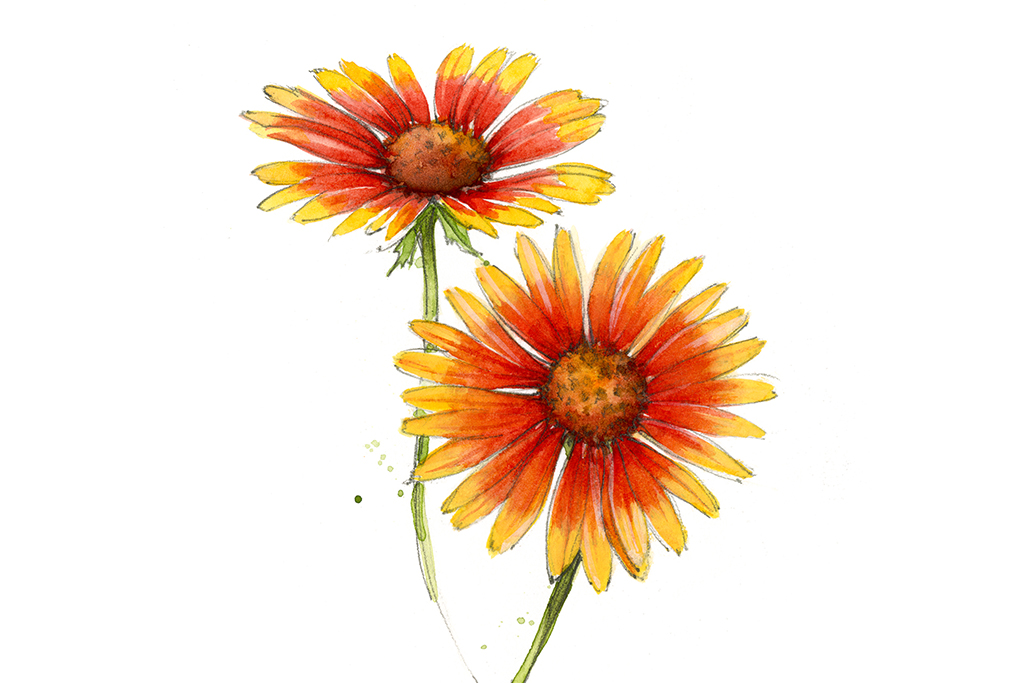
Indian Blanket
The flower’s long petals offer bursts of red, orange, and yellow, and when seen together in a patch, the wildflowers resemble a woven fabric or blanket. The state wildflower of Oklahoma, Indian blankets are also known as fire wheels, and they bloom from April to June.
Indian Paintbrush
Another early bloomer, the Indian paintbrush comes in several varietals and colors — including yellow, purple, and cream — which can make them a little tricky to identify. Most visible are the tall, bright, red-orange flowers abundant in the Hill Country.
Large Buttercup
These bright yellow flowers commonly grow very close to the ground. If you find one, lean down to enjoy its sweet fragrance.
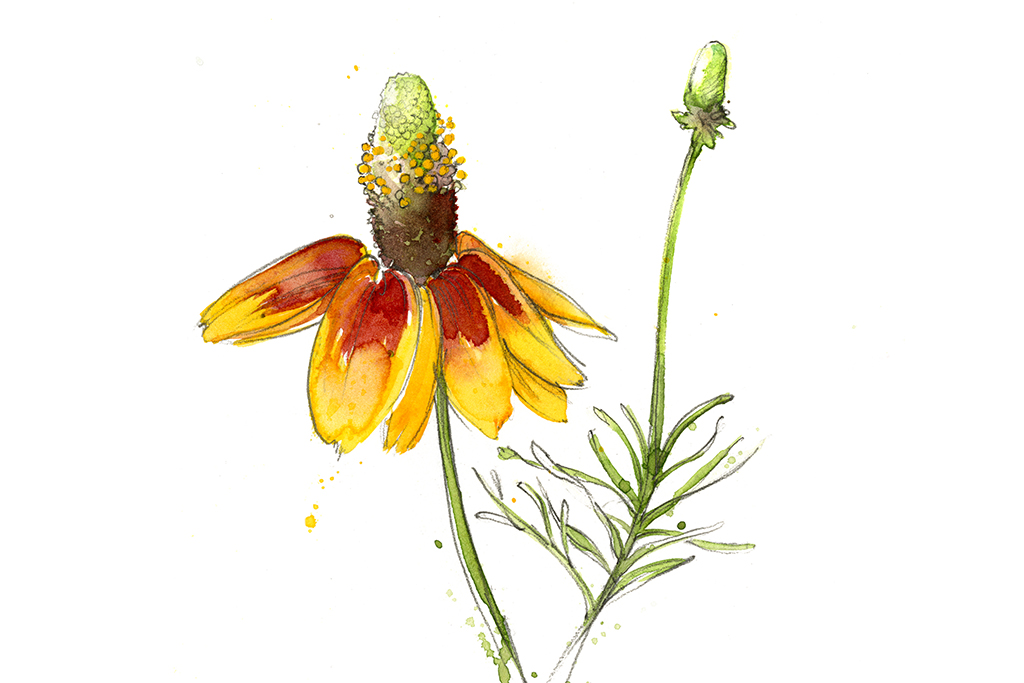
Mexican Hat
The resemblance between the Mexican hat wildflower and an actual sombrero is a bit of a stretch, but the flowers can be identified by the way the yellow petals fall away from a cylindrical core, almost like a ballerina in a skirt. They bloom from May through June throughout Texas.
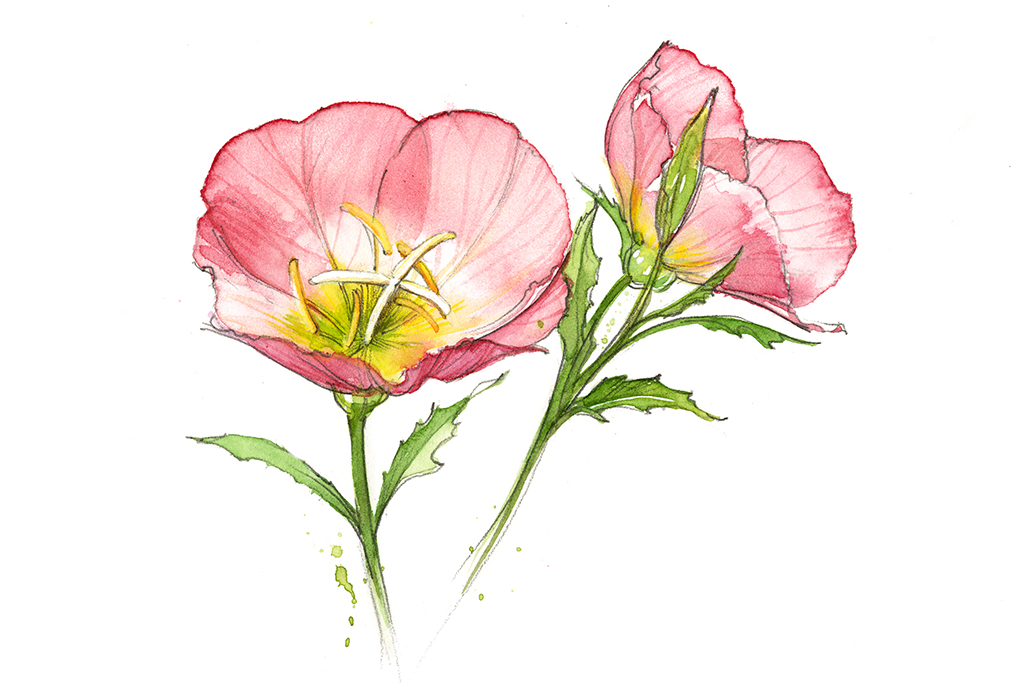
Pink Evening Primrose
Don’t let the delicate pink petals of these pink ladies, as some call them, fool you. This is a resourceful and resilient little flower. Drought-resistant and late-blooming, they have adapted to Texas’ harsh climes by opening their petals in the cool evenings and closing them in the morning to retain moisture.
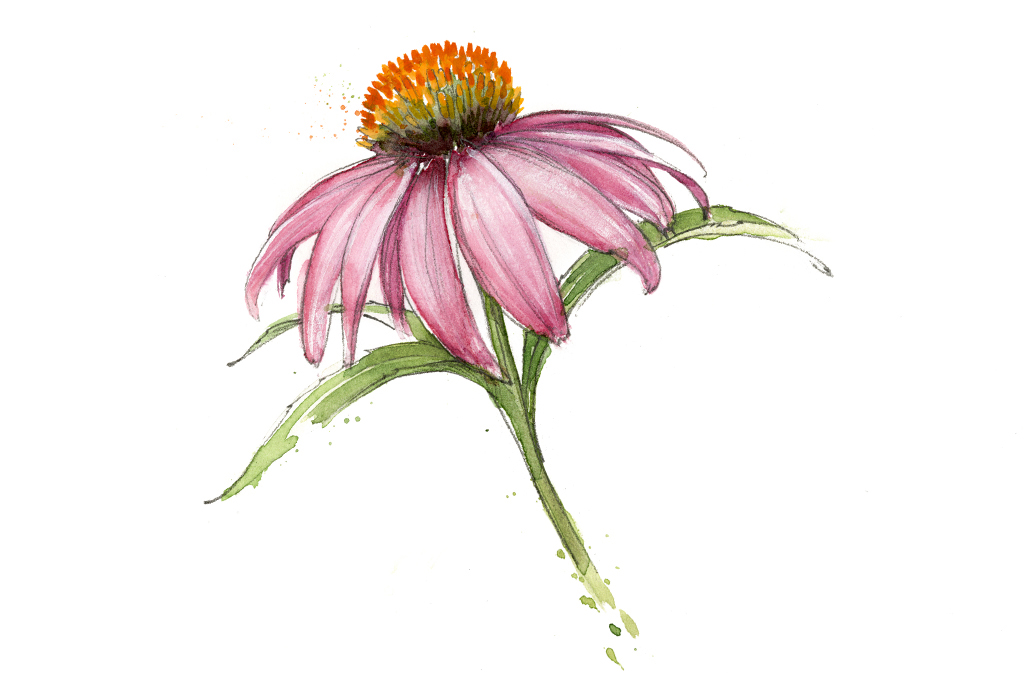
Purple Coneflower
You can spot the purple coneflower from its pink petals, which fall away from a dandelionlike bright orange or brown center core. The Purple Coneflower belongs to the Echinacea family, the same flower group that produces the medicinal herb.
Spotted Beebalm
These summer blooms can be identified by their tall, bushy bouquets in white, pink, yellow, green, and purple varietals. A member of the mint family, they can be found in rocky pastures, prairies, plains, and meadows.
Texas Bluebell
This beloved wildflower (and Blue Bell ice cream namesake) blooms in hues ranging from blueish-purple to white. Texas bluebells appear from June to September, so, like the ice cream, they are a perfect summer treat. The flowers teem in expanses of open prairie and are also called prairie gentian or Lira de San Pedro, or “Saint Peter’s lyre.”
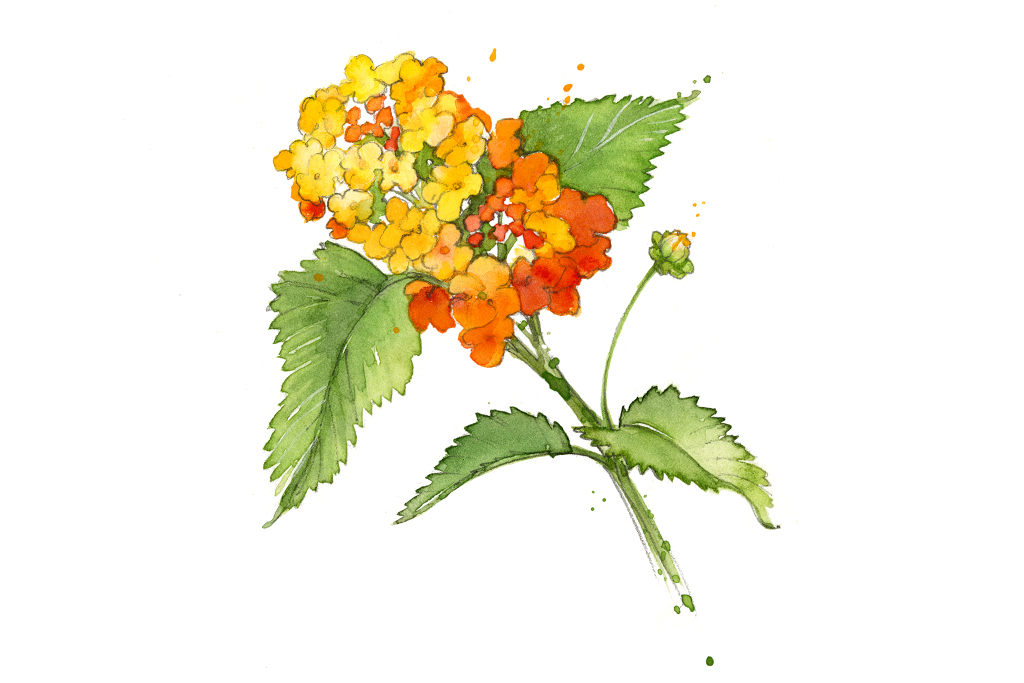
Texas Lantana
Another rugged wildflower varietal is the Texas Lantana, which will bloom from April through September. Best found in woodlands and hillsides, they can be identified by tight clusters of red, yellow, or orange flowers that bloom from branches of a shrub. The drought-resistant plant is great for home landscaping and provides bees plenty of sweet pollen for honey-making throughout the summer months.
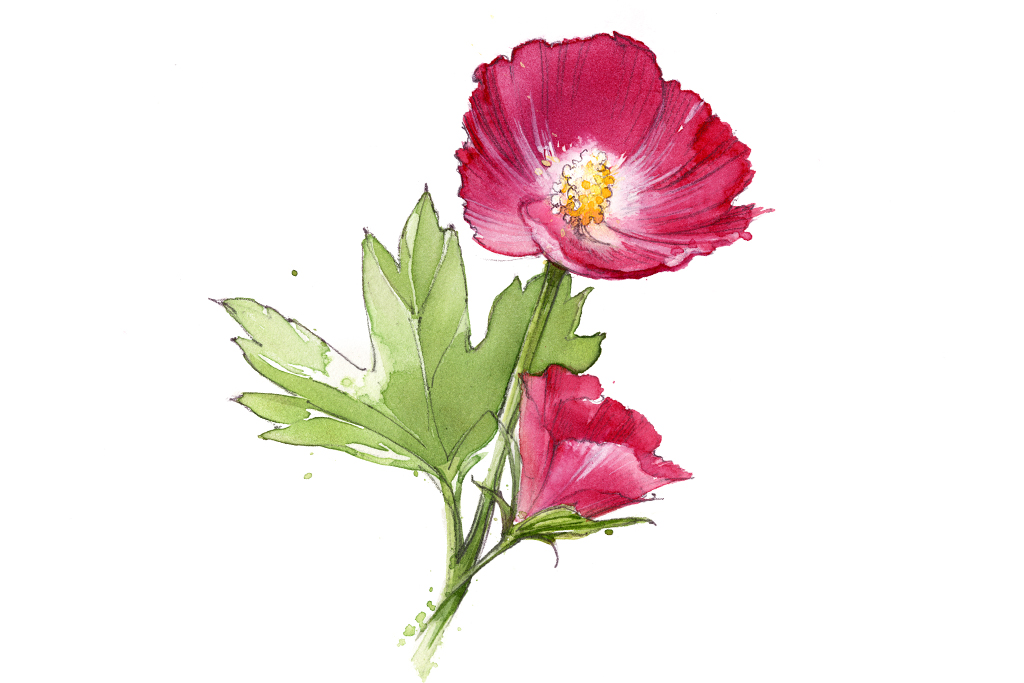
Winecup
The bright red petals of the winecup form what looks like a tiny, delicate cup, like the kind that might be employed by Tinker Bell in a Disney movie. Winecups grow mostly in the sandy soils of the eastern woodlands and prairies, and even though their petals won’t really serve as a dish (at least for humans), their tubers can be eaten.
For more flowery fun, learn how to make dandelion jelly.
© 2020 Texas Farm Bureau Insurance

